|
I began this past weekend Friday, changing my plans in order to stay home and work in the garden. The hedge was getting out of hand.
It all started with one of our shared fence boundaries. In your opinion, whose responsibility is it if grass is growing through a wrought iron fence? The neighbor who the grass belongs to or the neighbor whose bed is being overrun? Well, once it's in my beds, I count it my concern. But if I don't see it -- and I don't because I have a row of flowering plants fronting our hedge -- then it doesn't concern me overmuch. But it doesn't look so good from the other side of the fence. So, well, their grass, our hedge. But despite the normal, little aggravations of suburban life, we do have excellent neighbors, and the weather was good. Did I need more encouragement to play outdoors? Nope, not a bit! I worked in the garden most of Friday, and Joseph and I spent several hours more out there Saturday. It was great! Bees and butterflies abounded, squirrels were making the oddest sounds, and the hummers have returned! Pretty soon, it will be time to add some fall color out there. I can hardly wait!
0 Comments
Hamelia patens, commonly known as Firebush, Texas Firebush, and Hummingbird bush, is a wonderful addition to the garden. In our area, it usually dies to the ground at the first or second hard freeze and is one of the first to pop back up in spring. However, after the historic deep freeze of 2021, it did not return that year, nor did it show up this past spring, 2022. There wasn't a single shoot that we could see. But I didn't replace it. I just couldn't accept that it had succumbed. You can imagine how glad I was when, late this past June, I saw signs of life. Yes! It needed some time, but it's every bit as tough as I've always believed it to be.
We've grown them for years. In our last garden -- the big one -- we had a few of them. It was one of the "giant plants" that I decided I just didn't have room for in our new, small garden. But I missed it and felt as though I was cheating the hummingbirds. Of course, I ended up planting one. Hummers absolutely love it. Bees and butterflies like it, too. This is a heat-loving plant and drought-tolerant. But with regular watering and in our heat, Firebush easily grows as tall as me (5'2"), sometimes even taller. This one hasn't grown to its original proportions yet, but there's still time. It will probably bloom at least until Christmas. When it beds down for its fairly short winter nap, I may or may not front its spot with pretty little annuals. And I will hope that it returns stronger than ever come spring. :) Happy Gardening! Chives! Gotta love 'em. Pictured above are garlic chives, allium tuberosum. The Latin name for onion chives is allium schoenoprasum. Both have medicinal and culinary qualities and are great in the garden.
Members of the allium family, which includes onions, leeks, and scallions, chives add a more delicate garlic or onion flavor to foods. They are good raw or cooked. We add ours to salads, soups, and omelettes as a matter of course. Chives are high in vitamin K, which is good for the bones. They contain folate and choline, which aid memory and mood. They also have vitamins A and C as well as certain compounds known to help fight cancer. In other words, in addition to tasting good, they're good for your health. And I love having them in the garden. I've lined beds with them. Since they grow in clumps, they are good at holding soil together. Moreover, they deter aphids and moles and are deer resistant. They're evergreen and have pretty flowers. What more could you ask of one small plant? But there is more! They are easy to grow. They prefer sun, but will do just fine in partial shade. While they prefer slightly moist soil, they can withstand a dry spell. And they are economical. I am not what anyone would call thrifty where my garden is concerned -- although I admire the ability to be able to do that. But I've divided chives at bedding plant size -- to plant them in my garden -- with great results. And, of course, since I've grown them for years and years, I've divided large clumps plenty of times. Oh -- I almost forgot -- the flowers are edible, too! Lately -- during these very hot days -- there's been even more activity than usual in the hedge. I love it! At dusk, it's always full of birds. But it was a nice surprise to see this little sparrow taking a break on the branch of a loquat tree one stifling afternoon. And it made me realize that I need to share more photos of the wild in our little garden. The hedge is very important to the birds.
Hope your week is going well and your garden, thriving. :) Lavender -- I love it. Not all lavenders can withstand the humid conditions of southeast Texas, but some varieties will do just fine given the right soil and aeration. Moreover, Texans seem to love the herb and have been tweaking cultivars that do better here.
But the one in the photo above, French Lavender, Lavandula dentata, is a classic. Native to the Mediterranean, it prefers light soil and to dry out a bit between waterings. Since ancient times, lavender has been considered a medicinal herb. Lavender oil has anti-bacterial properties and has been used to treat acne as well as burns, wounds, and insect bites In a tea, it can have a mild, sedative effect, aiding sleep, and it also aids digestion. It's a perfect after-dinner or bedtime tea. It can be used in both fresh and dried forms. Fresh mint and lavender flowers are a refreshing combination. It's used in cooking, too, and is one of the ingredients of Herbes de Provence. All parts of lavender are ingestible. And, of course, it's a favorite for potpourri, sachets, and dried arrangements. Personally, I love it best in the garden. As I've mentioned before, fragrance is very important to me. It's one of my favorite things about herbs. Asclepias curassavica, Tropical Butterfly Weed -- woe is me. So...when we first left our acreage and moved onto this teeny, tiny lot, I was more than a little disheartened. I couldn't abandon gardening altogether (anymore than I could stop writing), but I didn't try as hard. When I saw this butterfly weed at one of my favorite nurseries, I didn't stop to think, "Native? Non-native?" I assumed that since that particular nursery was selling it and I'd had it in my previous garden (having purchased it from the same nursery), it was native. Not. I recently learned that it's not! I can't even find a definitive answer to where exactly it originated, so we'll just go with "the tropics". It's not a complete disaster. I only have it at the very end of our western hedge because it can get weedy and seems to be under control there. It's a host plant for monarch butterflies and is popular with other pollinators. Hummingbirds even seem to like it. It does well in hot climates. In areas of mild winters, like southeast Texas, it does too well. That's the problem. Its flowers encourage monarchs to remain in the area beyond migration time. They usually won't survive the winter. Furthermore, the plant tends to harbor the parasite Ophryocytis elektroscirrha (OE), whose primary host is the monarch butterfly. When it fails to die back in winter, concentrations of OE increase to dangerous levels for the butterflies. Doom? Ugh! According to various, trusted sources (that I've been chasing frantically), it's not all bad. Houston Audobon The National Wildlife Federation It is a host plant for monarchs. It's just not as safe as native milkweeds are. I can either pull it completely or controlling the problem by pruning it down to the ground twice a year. I've been doing that, anyway, because I knew about OE even without realizing or recalling that the plant isn't native. And since native milkweed is hard to find in nurseries, I ordered some seeds today. I love seeing butterflies in our garden -- the more, the merrier. If the native milkweed takes off, I'll probably pull the rest. Until then, I'll control it. Decision made. In the northern hemisphere, it's hot in August. It is what it is. It might be one of my least favorite months in the garden, but make no mistake. I'm very grateful for both the time and the garden. The above photo is of one side of our short, eastern hedge. Facing west, it's in full sun most of the day. You can imagine that in 100 degree weather with high humidity, it takes special plants indeed to not only survive but thrive. One of those plants is Butterfly Bush, also known as Butterfly Clerodendrum. Native to eastern Africa, its botanical name seems to be rapidly evolving. It's gone from Clerodendrum ugandense to Clerodendrum myricoides 'Ugandense' to Rotheca myricoides in a little over 100 years. Since there are other plants called "Butterfly Bush", I prefer the common name "Butterfly Clerodendrum. But both are fitting names. Not only does it attract pollinators such as bees and butterflies, the flowers look like small, adorable butterflies. Isn't that sweet? Our Butterfly Clerodendrum is taller than me - probably about 7' high and 3' wide. I must say, it's the tallest one I've ever seen. I'm used to seeing them around four or five feet tall. It would be wider if it had room and shorter if I'd gotten around to pruning it sooner. I'm not going to do anything drastic right now, though. It's just too hot. While all of the eastern hedge is persevering, it does not need the challenge of extra stress.
Tough as it is, Butterfly Clerodendrum does have a few simple requirements. While it's fine with full sun, it does better with a little shade, especially in summer. It's not completely drought tolerant, but only requires average watering. And while it prefers a loamy soil, it is willing to negotiate. It will bloom until the first frost. In a very mild winter, it might remain evergreen, but it usually dies to the ground and pops back up in spring. From past experience, I have reason to expect our plant to be covered in small, butterfly-like blooms this autumn. You should get one. :) Happy Gardening! Hello, August. Dukes up!
I did not mean to boycott the garden this year. I really didn't. But I had a rude bout with Covid and then got super busy, so it was sort of left on its own for a month, give or take. Things are getting big out there. The weeds would take over -- they're making some headway -- but so far perennials that I've planted prevail. That's without any help from this gardener and that's saying something. The tomato plants have ceased production. I've always pulled them in the past, but they've remained healthy this year, so I might try to give them a severe but careful pruning and see what happens. I say "try" because, well, who knows what might happen. On the other hand, peppers that have received enough water are producing a lot. Those that have received sparse watering, not so much. As I mentioned, I haven't been working in the garden and our sprinkler system still needs improvement. Not everything is getting enough water. But for the most part, there's abundant growth out there. Hooray? Yikes? Both! Since I'm not doing my traditional, intentional boycott (July through September), I do hope to get out there soon to tidy things up. It's hot, humid, and buggy, but I still love it. |
Our GardenFor years, my husband and I worked at creating a series of gardens on our four-acre lot in a rural, Texas subdivision west of Houston. I have to say, it was a fantastic experience. Now, I have a pocket garden on a golf course. Archives
June 2024
Categories
All
NewsletterFrom me to you with a smile. Thank you!You have successfully joined our subscriber list. |
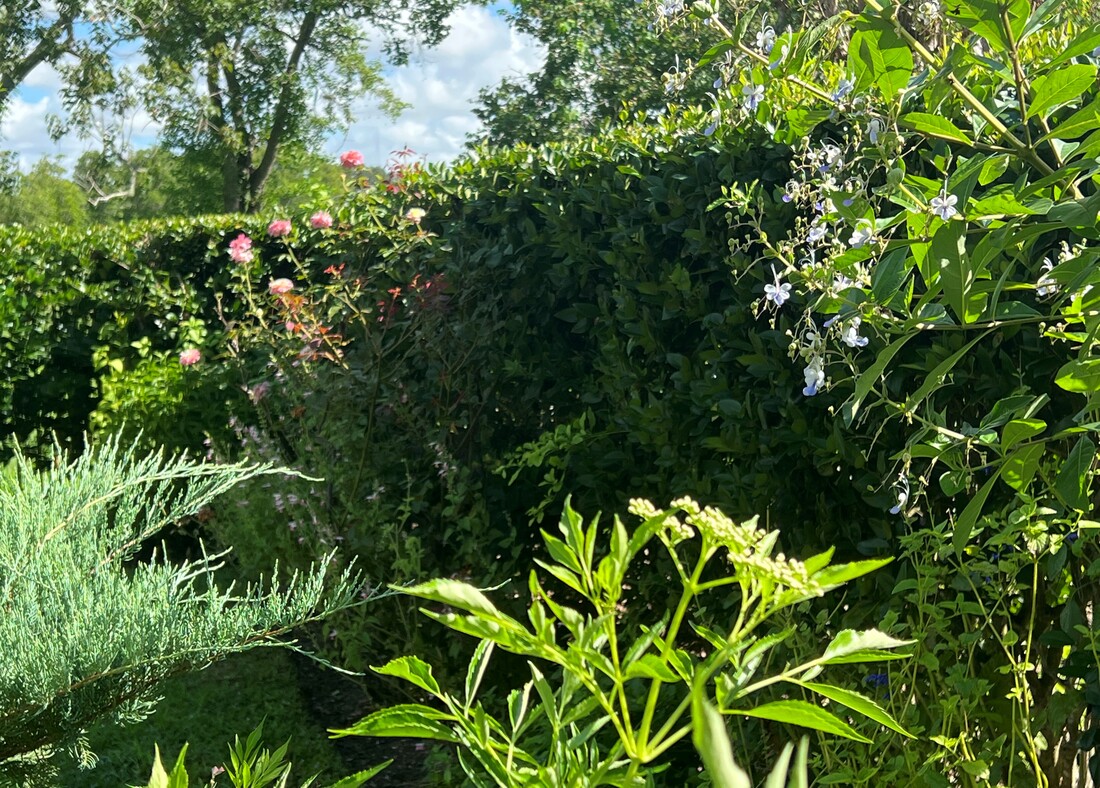
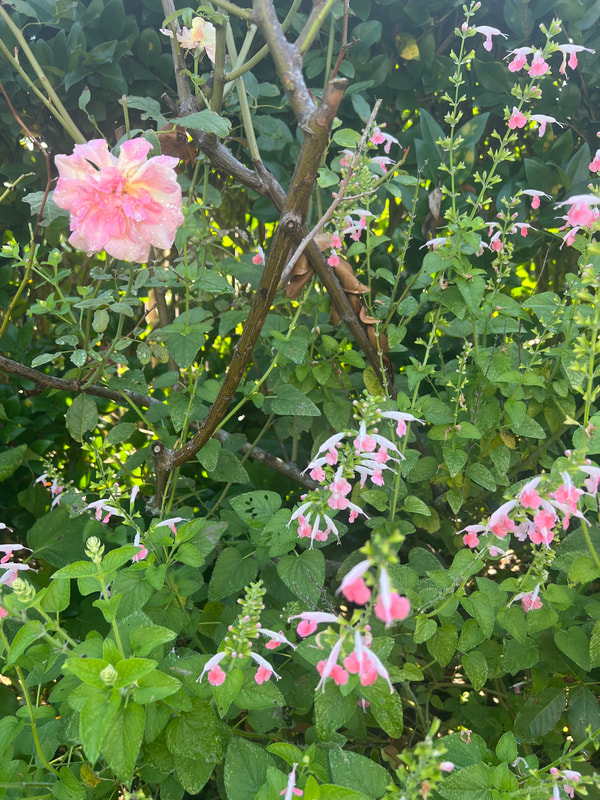
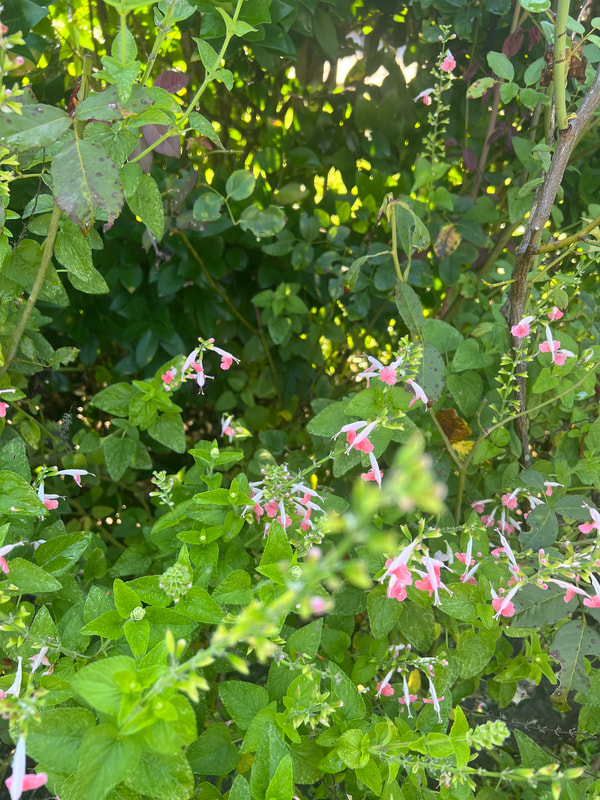
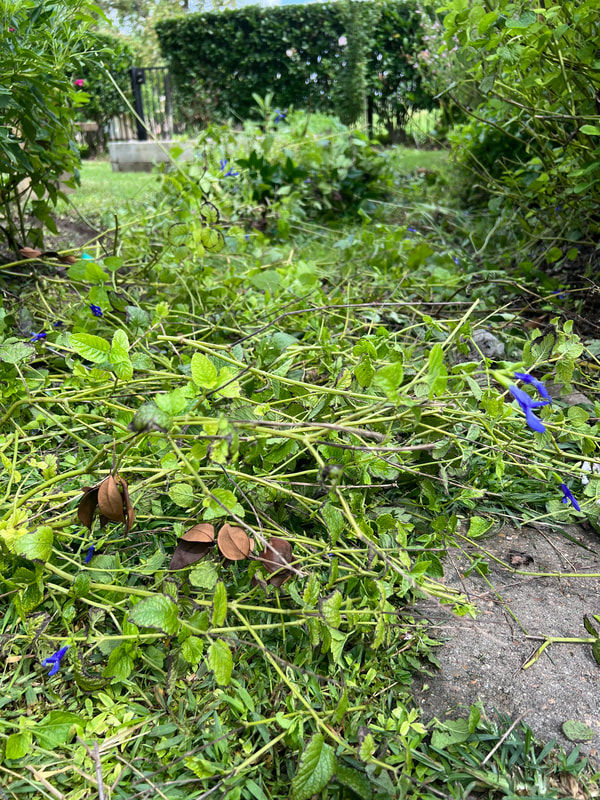
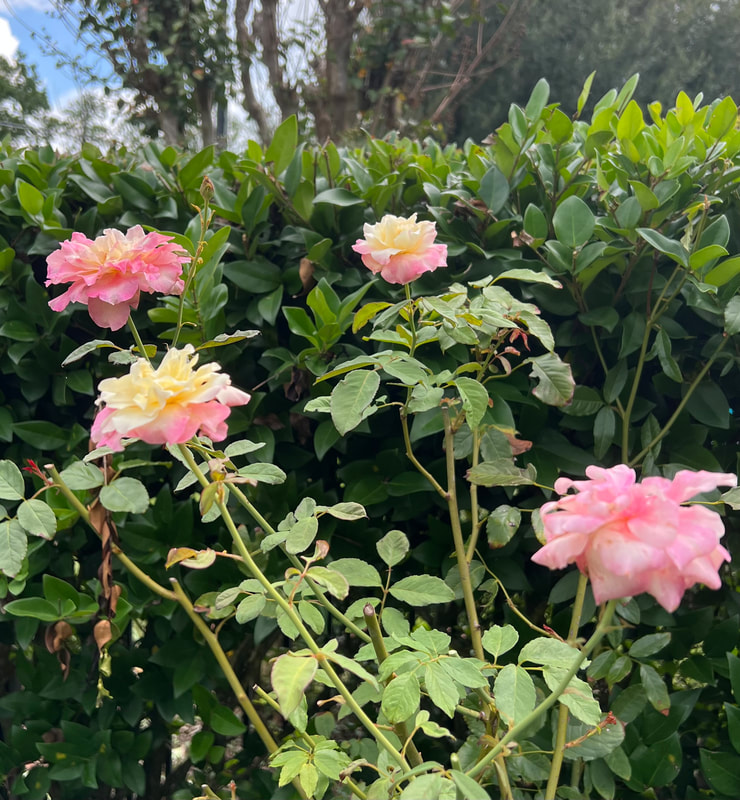
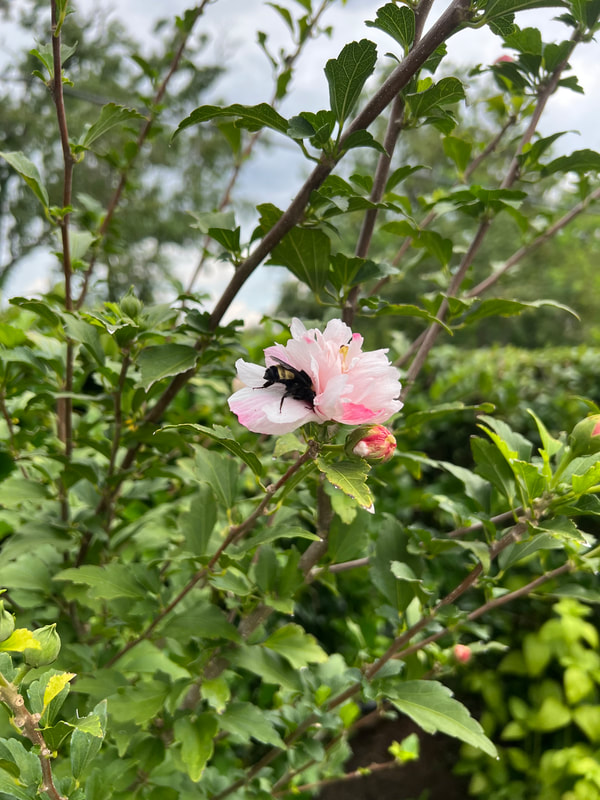
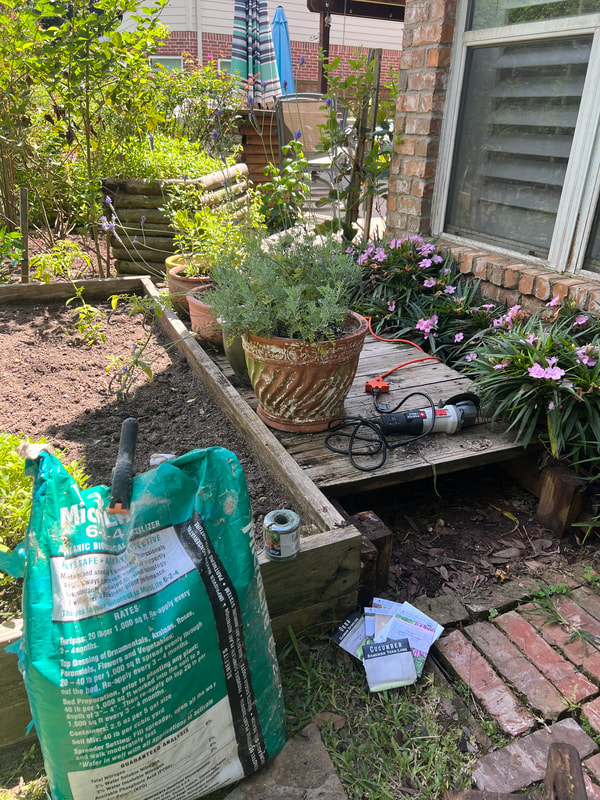
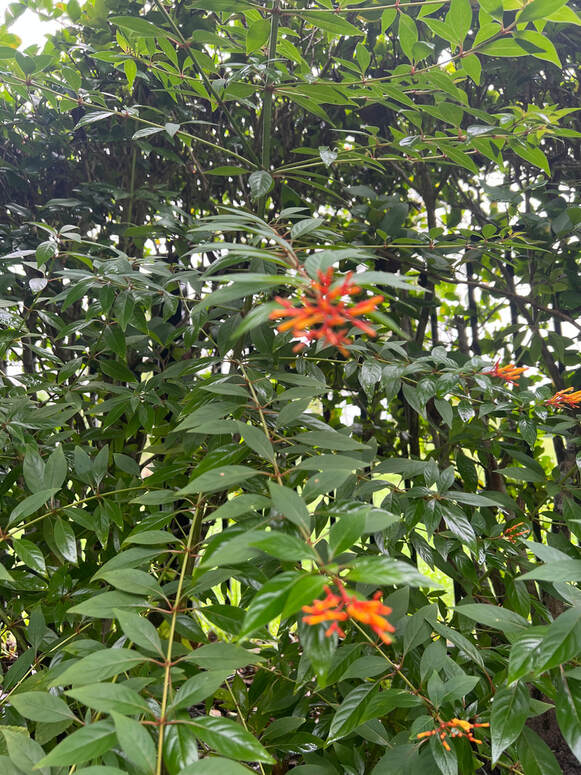
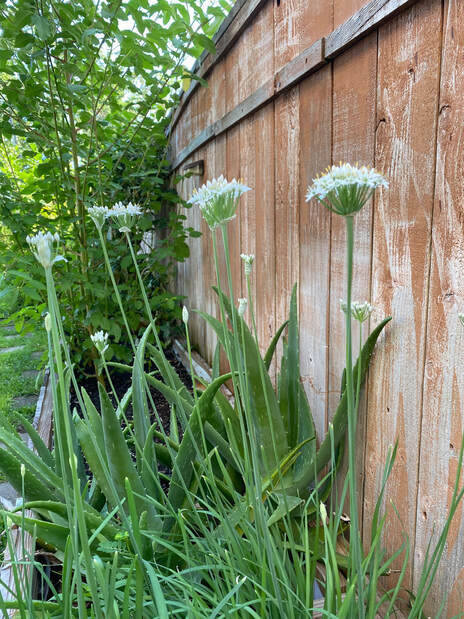
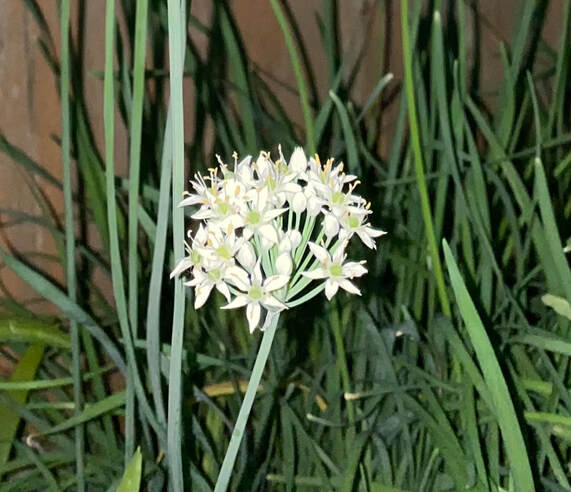
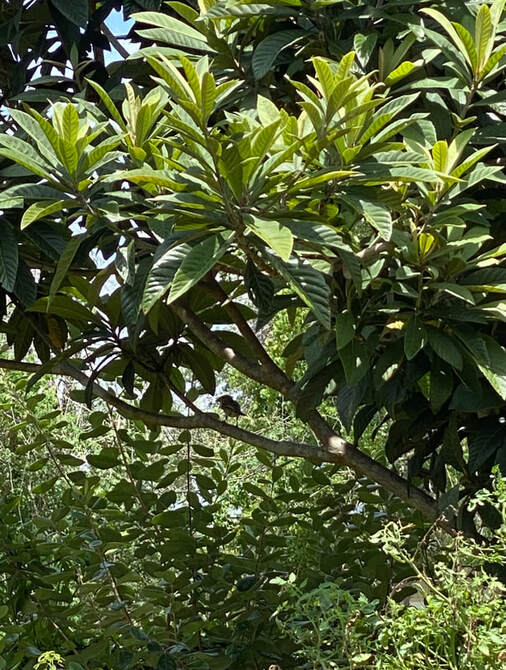
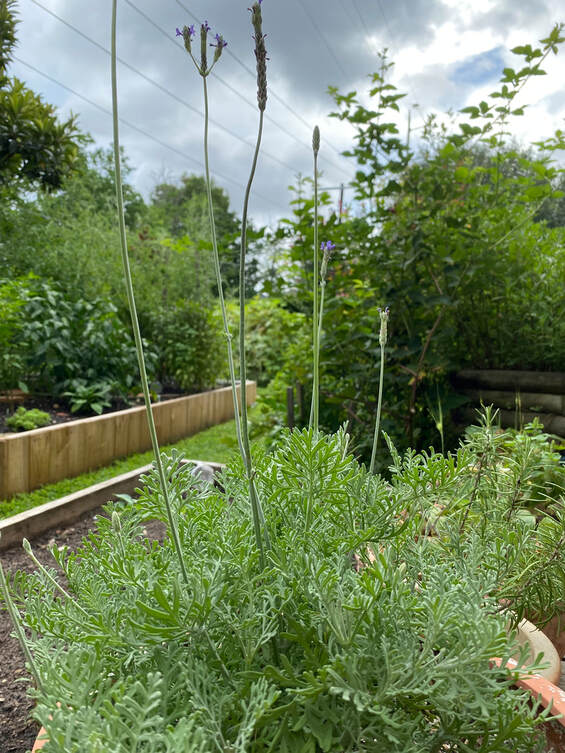
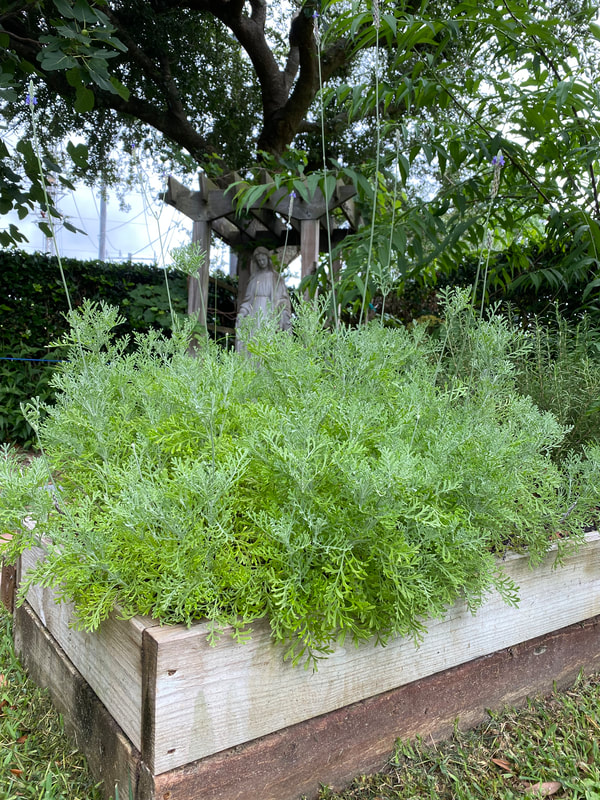
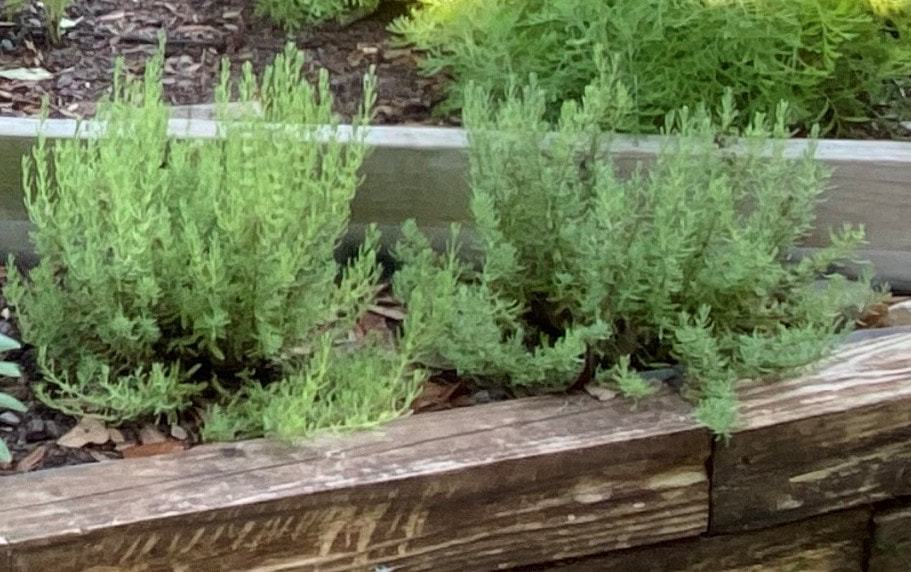
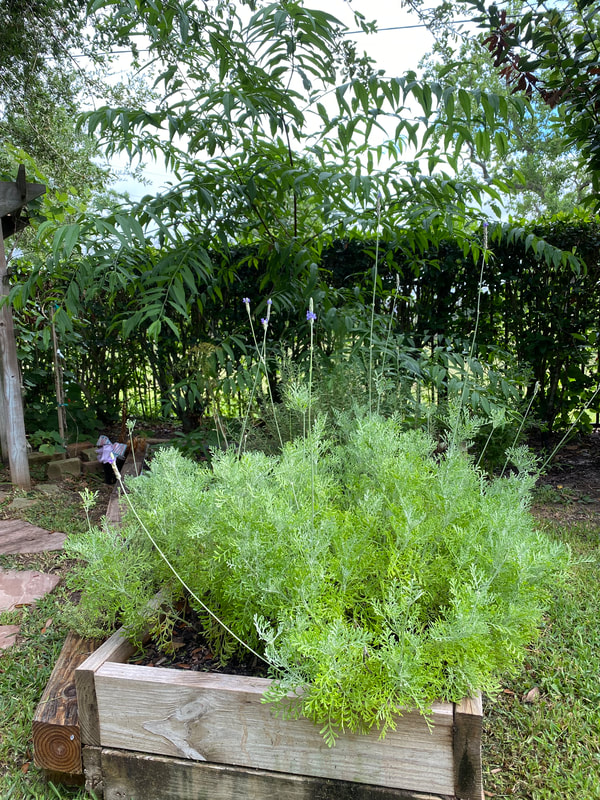
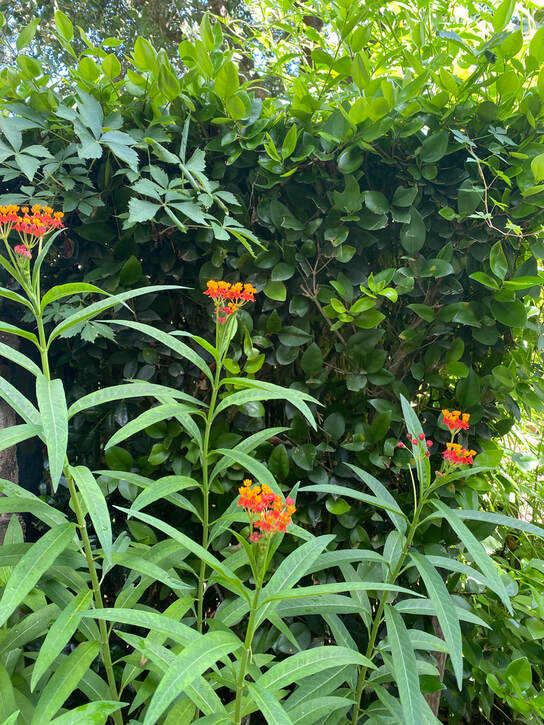
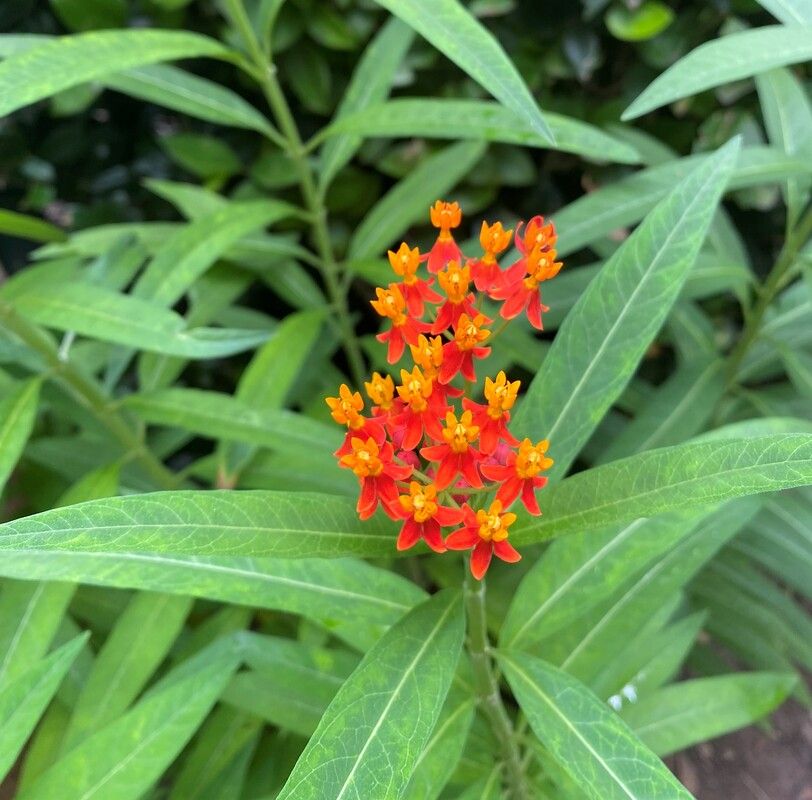
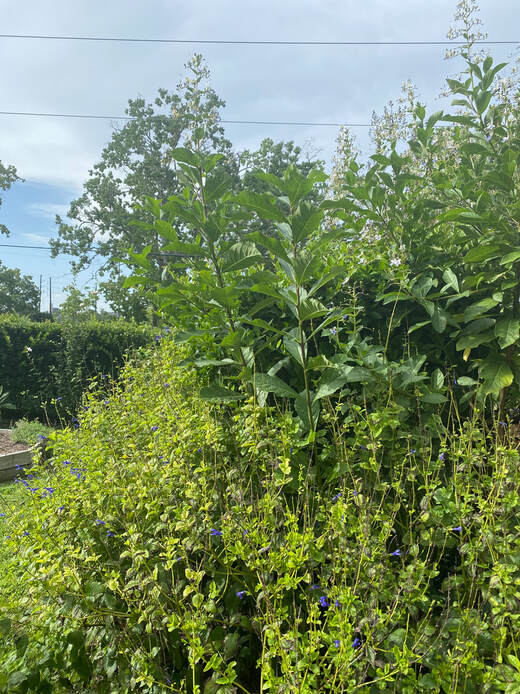
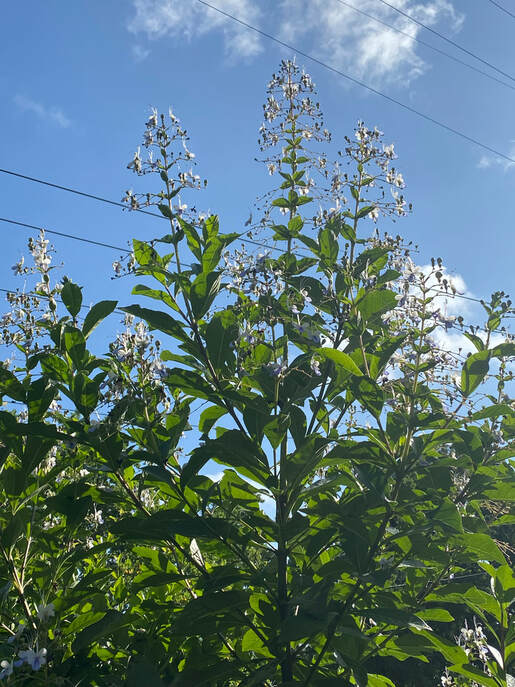
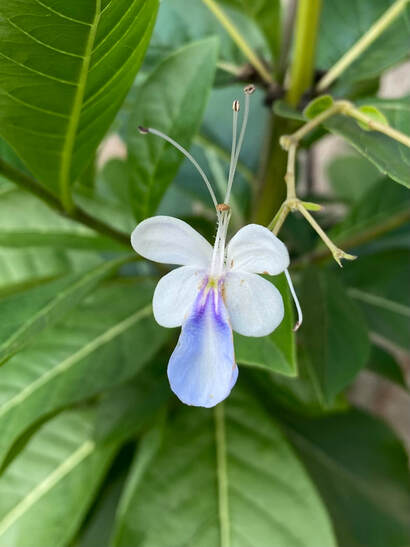
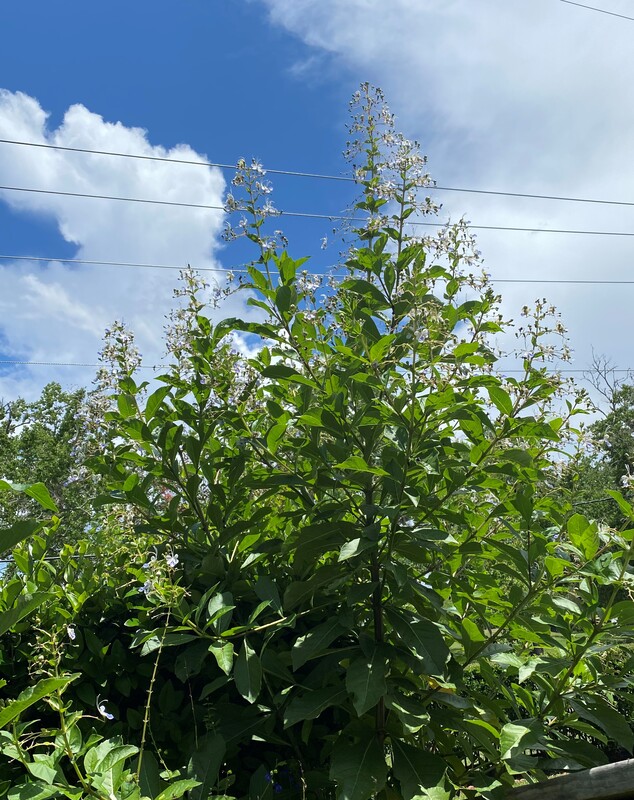
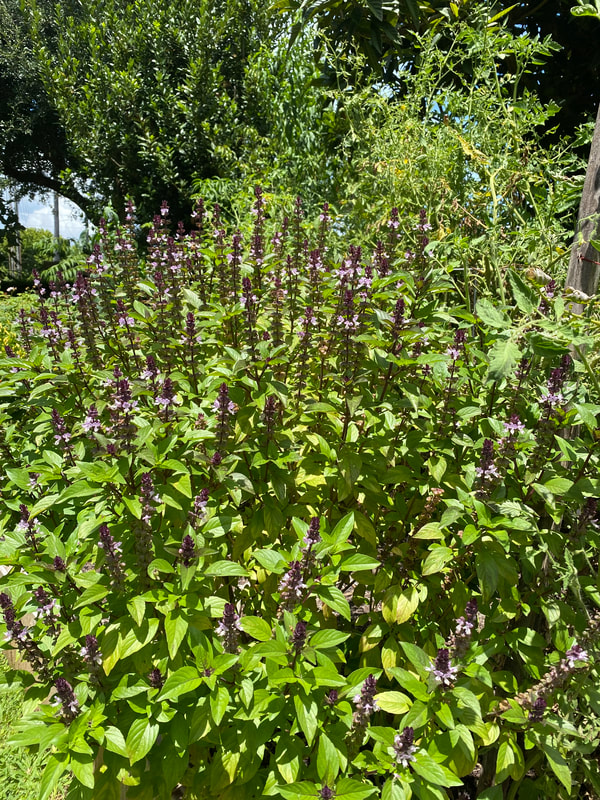
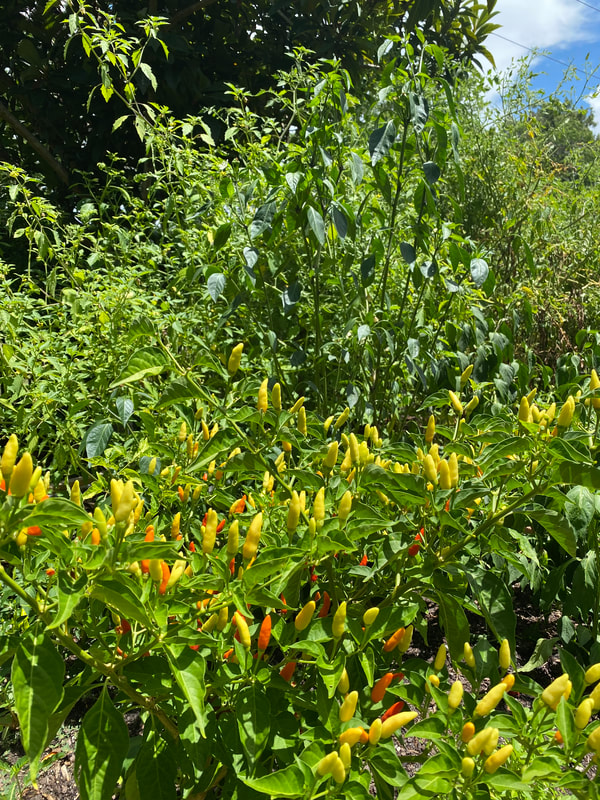
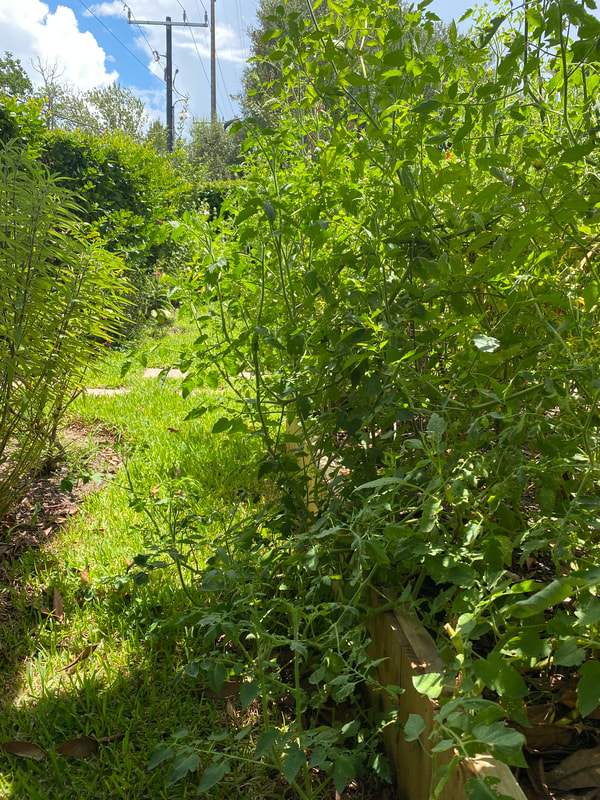
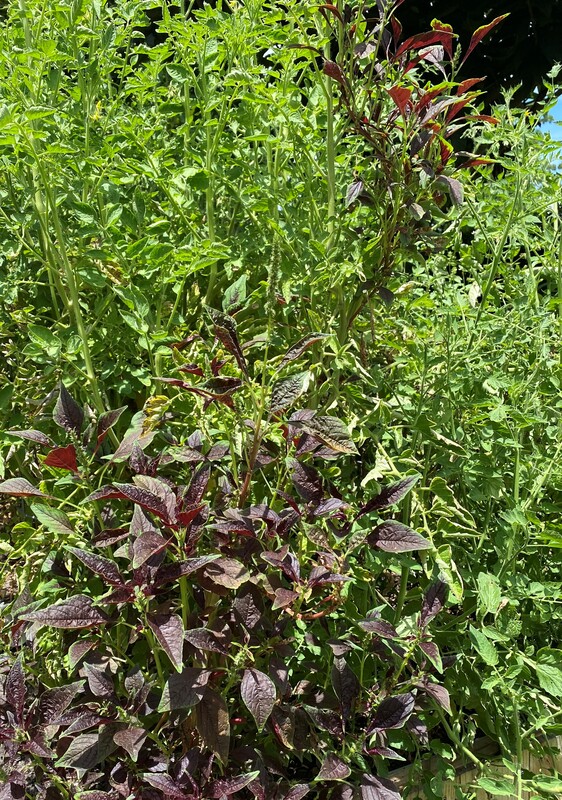
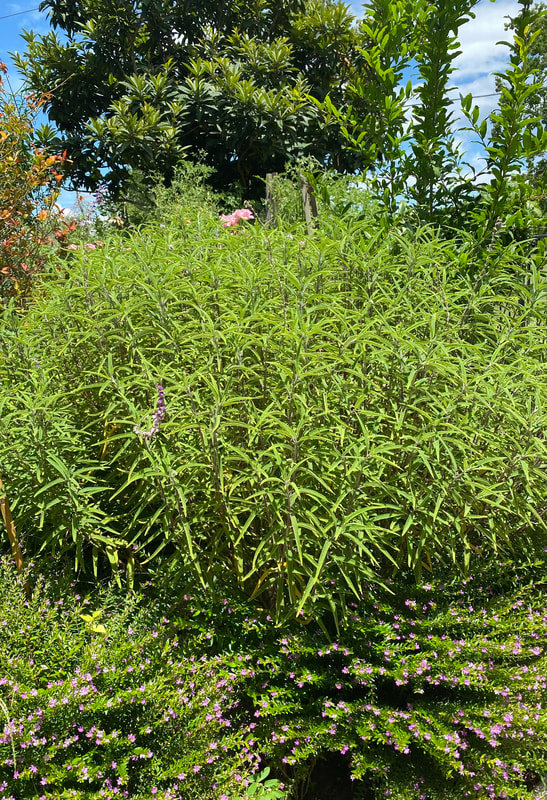
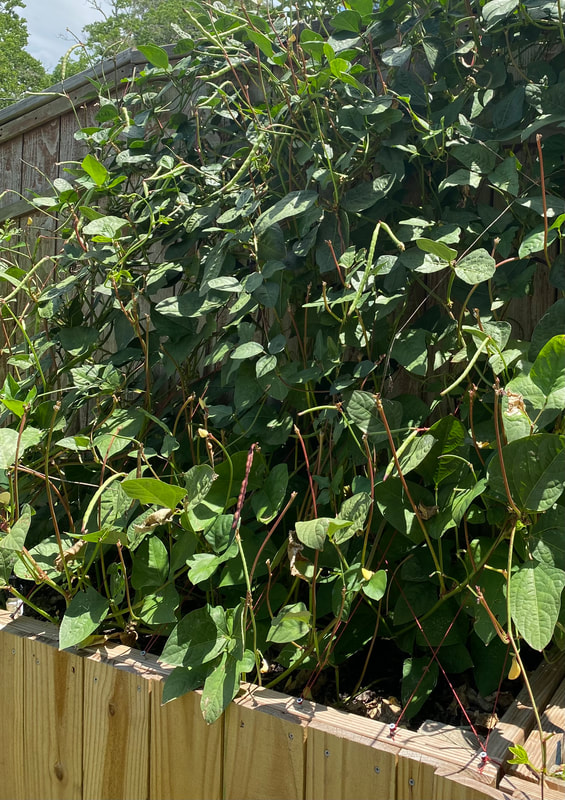
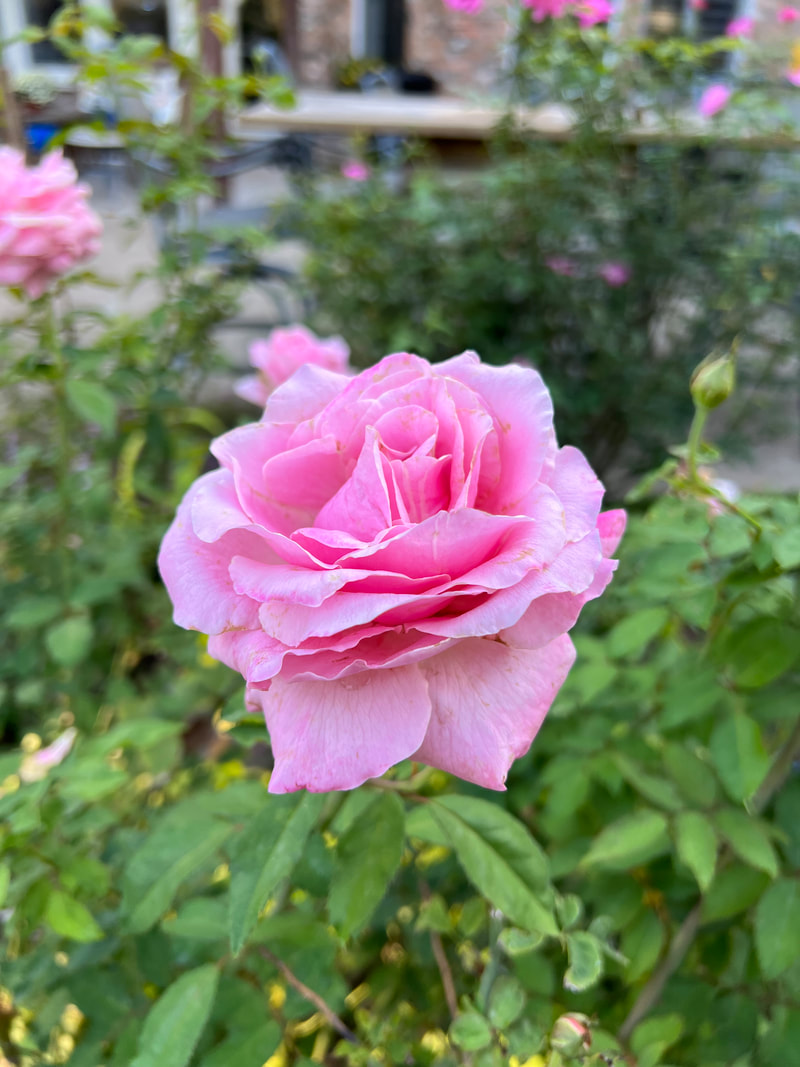
 RSS Feed
RSS Feed